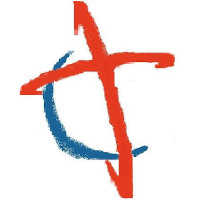Humans have innate curiosity. For all sorts of things. And I use the term, “things”, on purpose.
We set out our data drag lines with morning coffee times and news casts. We close our days with evening videos and Facebook trolling. The rest of the day is more of the same.
Data can be loosely defined in our internet culture as bits of information contained in words, video, expressions, impressions. Of course, the net catches what we want to catch (we call that bias), and sometimes unexpectedly surprises us (we call that aha moments).
We like to think that we are susceptible to only the factoids and not the misinformation of society.
Wishful thinking!
In this day and age of information, there is a great need to reposition our data drag lines.
What should we be thinking on? What should we dismiss or purposely skirt around?
We can determine to look for things that are true, honorable, right, pure, lovely and admirable. Our society needs clean minds to create a healthy environment.
We can determine not to troll for things that are shady, half truths, polluting, distorted and, slightly or largely on the wild side. Sensationalism is not the necessary first placement of our data drag lines. Airbrushed and sculpted pornography is a half truth and distortion of reality. Resource investment gossip is a path to being consumed that often leads to bankruptcy. And the list goes on.
Maybe Google maps needs to generate a set of directions for collecting data – a guide of biblical direction.
Oops!
We already have that!
